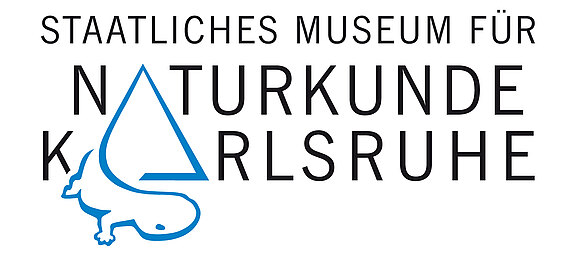The German spider fauna
The Red List of Spiders from 2016 lists 992 taxa for the German spider fauna, excluding not yet established species. Together with recently newly recorded species 1013 species and subspecies are known from the country (araneae Version 09.2020) - about 2 % of the world spider fauna and 21 % of the European spider fauna.
In Germany the study of the spider fauna has a long tradition. Today arachnologists are networking worldwide. Several online-services are available: information portals (e.g. AraGes), checklists, record and literature databases (e.g. Atlas of the European Arachnids), the World Spider Catalog und the internet identification portal araneae Spiders of Europe, the German Forum and Wiki are building a Virtual Research Environment Arachnology.

Arachnologische Gesellschaft
The Arachnologische Gesellschaft (AraGes) aims at increasing and distributing the knowledge about arachnids. Focussing on the arachnid fauna of Central Europe, it also supports arachnological research in this region. Its foremost activities are: the publication of the scientific journal Arachnologische Mitteilungen / Arachnology Letters, the organization of meetings, the networking and exchange of information. The AraGes is a scientific institution incorporating a bridging function between interested amateurs, state authorities and academic research.
Natural History Museums
in Germany holding arachnological data collections, e.g. Staatliches Museum für Naturkunde Karlsruhe (SMNK) and Staatliches Museum für Naturkunde Stuttgart (SMNS) are nodes of a European Arachnological Network. They mobilise their ecological data on spiders through this portal, ensuring as public institutions with their infrastructure and know-how permanent keeping and management of valuable data for research.

Ecology of Spiders
Spiders occur in all terrestrial ecosystems with many species and individuals. With over 49.000 species Araneae are one of the most species rich animal orders. Estimated 25 million tons of spiders of the world consume 400-800 million tons of prey per year (Nyffeler & Birkhofer 2017). As predatory organisms spiders contribute considerably to the regulation of pests in agroecosystems. Many species have specific requirements and consequently the spider assemblage of a habitat is finely sensitive to any alteration. Spiders are therefore an important indicator group for the quality of a habitat - under the assumption of sufficient knowledge of their biology and a sufficient data basis for comparison and modeling of processes of relevance for nature and species protection.




